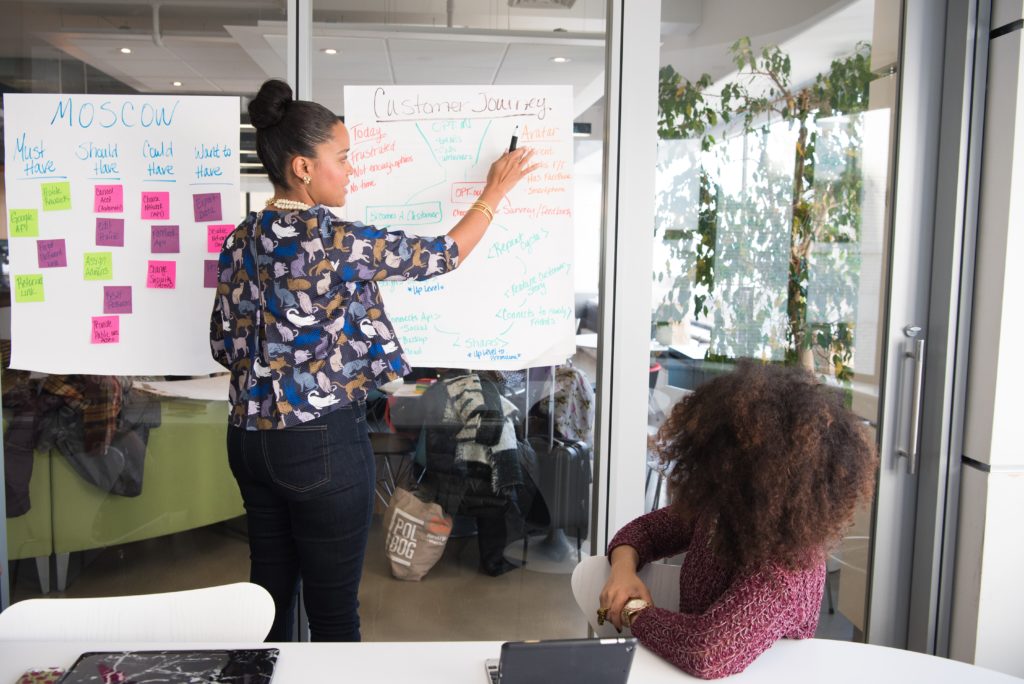Steps we can make towards equality in the workplace
The pandemic has set gender equality back several years, negatively impacting women, so what can we do to reverse the trend?

The past year has had a seismic impact on work for everybody, but women have found their positions particularly vulnerable. Studies have shown that women tended to be the primary carer for children during the school closures, a role many had to juggle with working from home, and they picked up the majority of increased domestic chores. When jobs came under review, research also showed that more women tended to be selected for furlough or redundancy. Needless to say, this has led to reduced equality in the workplace.
The problem is not just what is happening right now, it is about the lasting legacy of this change. Women have fought for decades to escape society’s constrictive view of them as purely wives and mothers, battling gender inequality in the workplace to secure better roles, more respect and increased power. Now, all the progress made to smash the glass ceiling seems to be in reverse.
So, what can women do address inequality in the workplace? One suggestion from Labour MP Jess Phillips, whose book Truth to Power offers tips on “how to call time on bullsh*t, speak up and make a difference” when faced with oppression, is to gang together. She advises that one woman on her own will likely be dismissed when raising issues such as flexible working to accommodate childcare, a lack of promotion opportunities or other types of discrimination that disproportionately impact women. However, if all the women in the workplace get organised, set out demands and expectations, and bring this as a group, it stands more chance of being considered by the employer.

Though the pandemic has brought some depressing stats with regards to equality in the workplace, there are moves being made to even the playing field at a national level. By law, all companies with 250 or more staff must report the pay gap between men and women.
In 2019, this data showed that 80% of business in the UK paid men more than women, however some major companies are striding ahead on workplace gender issues. In January, fashion house Burberry made it onto Bloomberg’s Gender-Equality Index for the first time, a data collection initiative that tracks public companies that disclose “efforts to support gender equality through policy development, representation and transparency”.
Other companies with UK offices to make the list this year include American Express, Barclays, Estée Lauder, Lloyds, L’Oréal, Legal & General and AstraZeneca. In fact, the UK had the highest overall participation after the US, with 13 new companies joining the index this year.
As part of the index, Bloomberg set out a guide to achieving better gender equality in the workplace, anchored by five pillars. It uses this to judge companies, but it can also be a framework for change.
The first step is developing a female leadership and talent pipeline – what can companies do to attract women to work there, and once they do are their equal opportunities for growth that will encourage women to stay? While 49% of entry-level positions are held by women at the companies on the Bloomberg Gender-Equality Index, just 5% of their chief executives are women.

Pillar two is to ensure that companies offer equal pay and gender pay parity, suggesting companies should put action plans in place to address pay gaps. Pillar three deepens this sentiment by encouraging companies to develop an inclusive culture that ensures policies, benefits and programs benefit all equally – such as allowing parental leave to be shared by both parents.
Pillars four and five deal with tackling toxic workplaces. The first suggests implementing sexual harassment policies, offering staff sexual harassment training and prohibiting the practice of making victims sign non-disclosure agreements in exchange for action. Finally, all companies, Bloomberg says, should become “pro-women brands”, depicting women in a positive and empowering way in all communications, and screening all processes for any bias, intended or unintended.
“In the wake of the global pandemic, we can’t risk rolling back the important strides we’ve made to eliminate barriers and increase representation of women in leadership,” says Dave McKay, chief executive of Gender-Equality Index company Royal Bank of Canada, speaking out on equality in the workplace. “We have a unique opportunity in front of us to reassess gender equality policies and practises, and rethink how we balance life and work in the future. So, let’s continue to speak up for inclusion and work even harder to address inequalities that stand in the way of change for all those under-represented in our offices boardrooms and video calls.”





